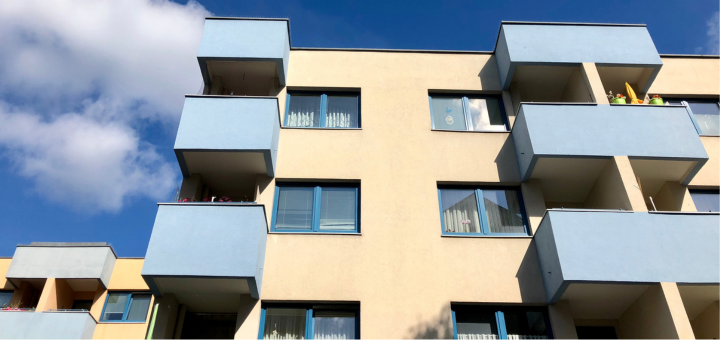In this article, Dan argues that while we can certainly take learnings from studies that bring a top-down approach to understanding liveability, the local policy context really requires a resident-centric approach viewed through the lens of small area geographies.
Last week the Economist Intelligence Unit published its annual list of the world’s most liveable cities. Auckland took gold, Osaka silver, and Australia’s first entrant, Adelaide, the bronze. Perth was the next highest of our cities at 6, followed by Melbourne (9), Brisbane (10) and Sydney (11). The EIU report is professionally produced, transparent about what it is seeking to achieve, owns its limitations and has sure proven to be clickable. And, despite getting the attention of our political leaders – gloating when their city appears at the top and questioning the veracity when it’s not – we should be careful to not conflate newsworthiness with usefulness when thinking about the application of the insights derived from such studies, in the local policy context.
Big cities, global trends and the local context
While comparing Melbourne, Sydney, Brisbane and Perth is interesting, it’s not overly instructive and left me thinking, where is the community’s view in all of this? What about the nuance of smaller area geographies? Are the values, local area experiences and future needs of the residents from Bendigo and Brimbank the same as those who make their home in Boroondara? What about Central Coast, Canada Bay and Canterbury-Bankstown? Moreton Bay and Mackay? Swan and Stirling?
Mega-trends are just that. Mega. And while the EIU GLI discusses the pandemic in a macro context, we know that it, and other trends such as digitisation, migration, climate, ageing, chronic health, and other economic, social and cultural change touch us all, they do so in different ways for different people and places, at different times, and to different extents.
While I am confident that everyone who participates in the liveability conversation is doing so with an interest to understand and ultimately lift living standards across the board, reports such as EIU GLI provide us a top-down perspective only – informed by an academic agglomeration – when we believe that liveability manifests in many ways, and that discovering it requires two things: a resident-centric approach – to account for human preferences, and the capability to view it through the lens of small area geographies – to understand the role of place. This perspective was crucial to informing the design of our latest offer to local government, Living in Place.
Learnings from Living in Place
Early adopting councils for Living in Place are seeing first-hand how the program not only provides a deep and representative understanding of their community’s values, experiences and needs – and how these manifest across, within and compare beyond their LGA – they are also learning how the global trends mentioned earlier are playing out in the local context. And it is encouraging for us to see how these insights are already being used to inform council policy and advocacy.
In one simple example, two councils who participated in Living in Place earlier this year learned that despite their residents placing an equally high value on the provision of ‘affordable decent housing’ when asked to consider what makes somewhere a good place to live, their local area experiences of ‘affordable decent housing’ were markedly different in each LGA, with one set of residents reporting positive local area experiences and other citing poor local area experiences. While this learning requires a policy response from both councils, the narrative and intention will be quite different based on their respective community’s views.
To close, while liveability shows itself in many ways, and insights derived from different approaches can make a meaningful contribution to understanding and advancing quality of life, we believe that a resident-led approach – employed consistently across small areas – will lead to more robust policy, stronger and more persuasive advocacy, and ultimately better community outcomes for the collective.
If your council is asking any of the following questions, please speak with us about how Living in Place can help…
- What does my community believe makes somewhere a good place to live?
- How do they experience their local area?
- How liveable is our LGA?
- What are our community’s future needs?
- How do our community’s values, experiences and future needs manifest spatially across our LGA?
- What role does our community’s demography and life-stage play in informing their views?
- How do we compare to other similar LGAs, the region, our state and nation?
How to get in touch
Visit our dedicated Living in Place website to learn more about the offer, where you can take a guided video tour of our best-in-class online reporting and exploratory platform, views.id. We’ve also written a blog discussing our deeper thinking the need for the offer, and published a case-study about how Living in Place is helping the City of Ipswich to make more resident centric decisions. Feel free to book a meeting a time convenient to you’re keen to learn more.









